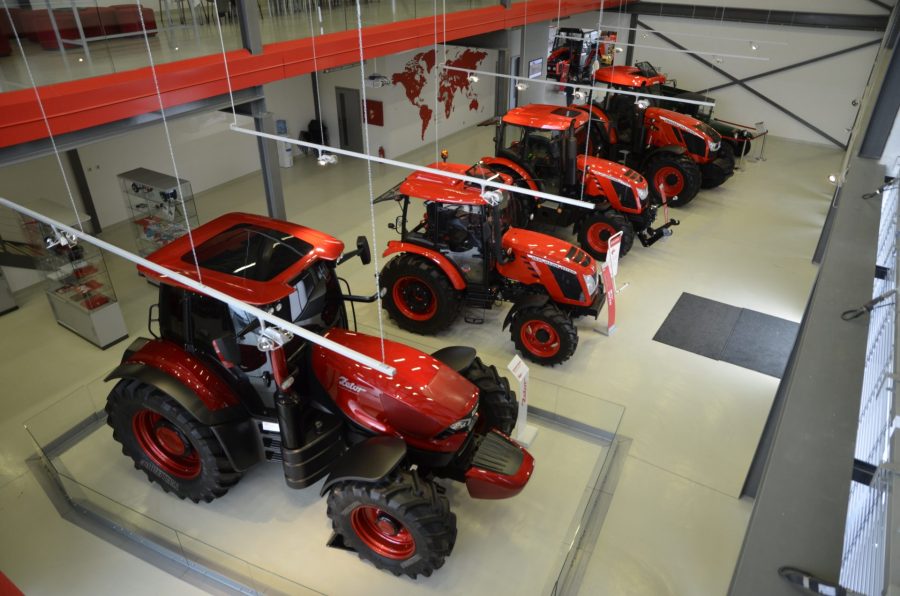If you are planning a trip to the Czech Republic this summer and keen to see a few tractors, then we can recommend a visit to the Zetor gallery.
Opened in 2013 to highlight the past, present and future of the Zetor brand, the exhibition is housed inside a dedicated building on the campus of the Brno facility.
Visited by 20,000-25,000 people a year, with the exception of a couple of the tractors from private collectors, the majority of the cabs are open for inspection.
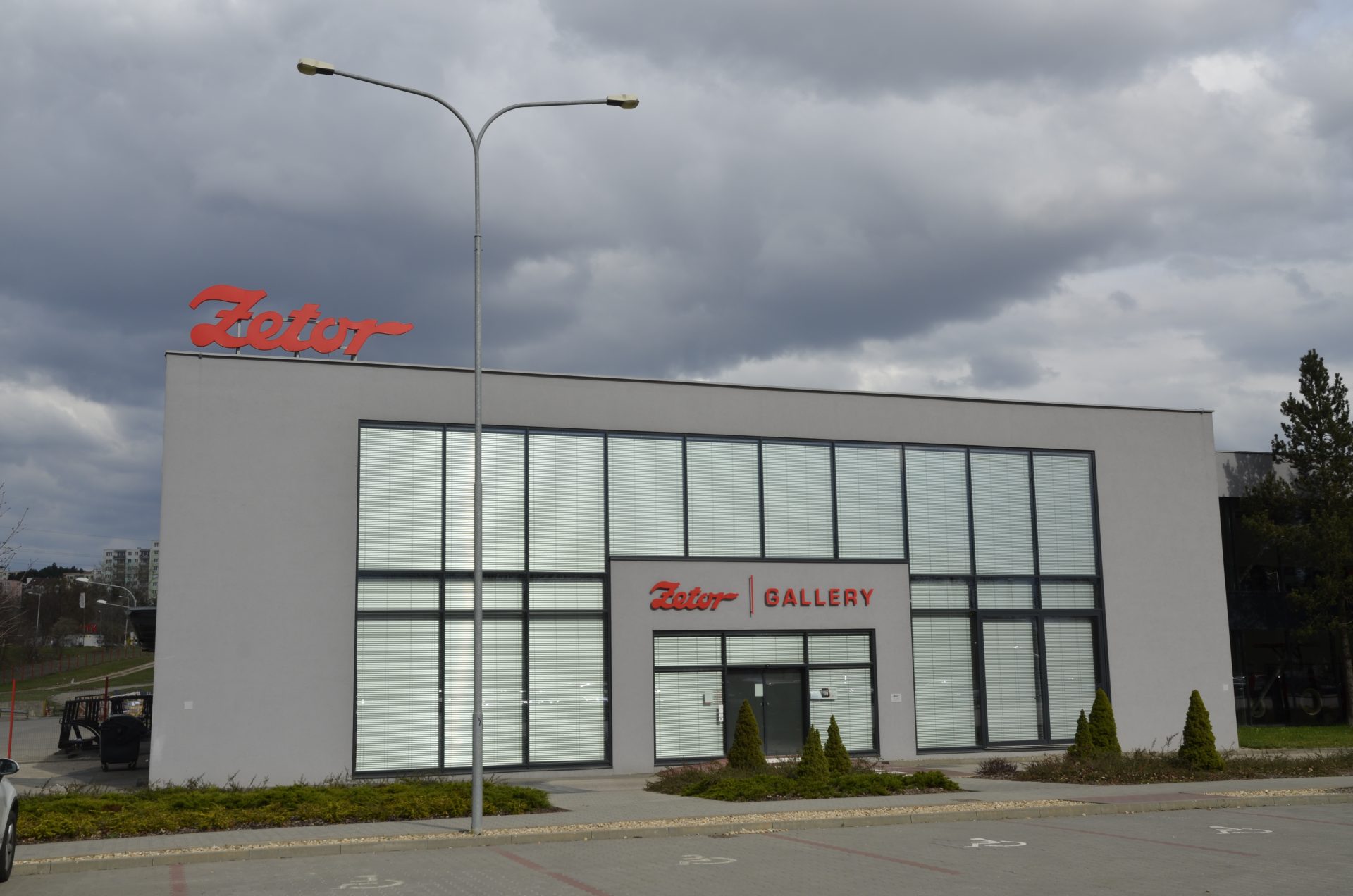
Opened in 2013, the Zetor gallery is located close to the Brno tractor plant.
The modern-day tractors in the main reception area are regularly swapped and at the time of our visit the Pininfarina-design concept from the 2015 Agritechnica headed the display.
It was flanked by a Major 80 HS, Proxima 120 HS and Crystal 160. Soon after our visit they were joined by a Forterra HSX 140, and Utilix HT45 and Hortus HT65 compact tractors.
Zetor made around 7,000 cars and one of the 100 or so Z 4/11s that survive today can be seen downstairs, on loan from a local museum.
The tour of the two-tier exhibition building begins upstairs, where the spotlight is currently on the Crystal 1968-2018.
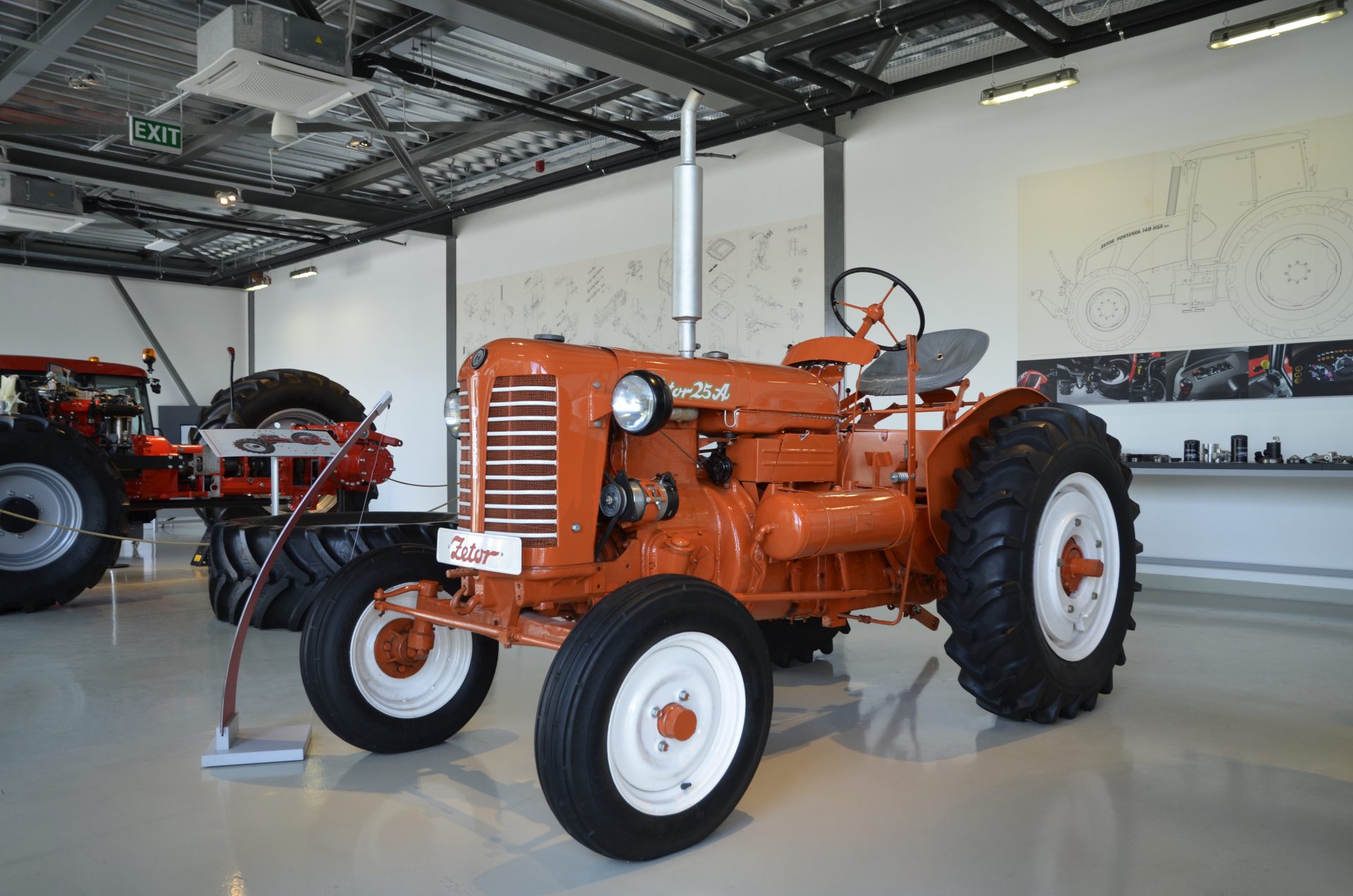
The 25A was the first Zetor tractor. It was production from 1946 to 1961.
Next door in the tractor section is a 25A, which when christened on March 15, 1946, was the first Zetor tractor. Produced from 1946 to 1961, at a time when tractors were needed after the end of the Second World War, 3,500 units were made in the first year.
The engine was a 26hp 2-pot version and the tractor had a top speed of 32km/hr. In some countries creative owners found a way to boost this to 48km/hr, so to stop this Zetor blocked the sixth range.
Of the roughly 160,000 units made, at least 100,000 were exported. Today, these iconic tractors can still be found working in Czech fields, and the one in the gallery still has its original decals.
All new Zetor tractors are finished in red today, but at the end of WW2 there was not a lot of red paint, while green was readily available.
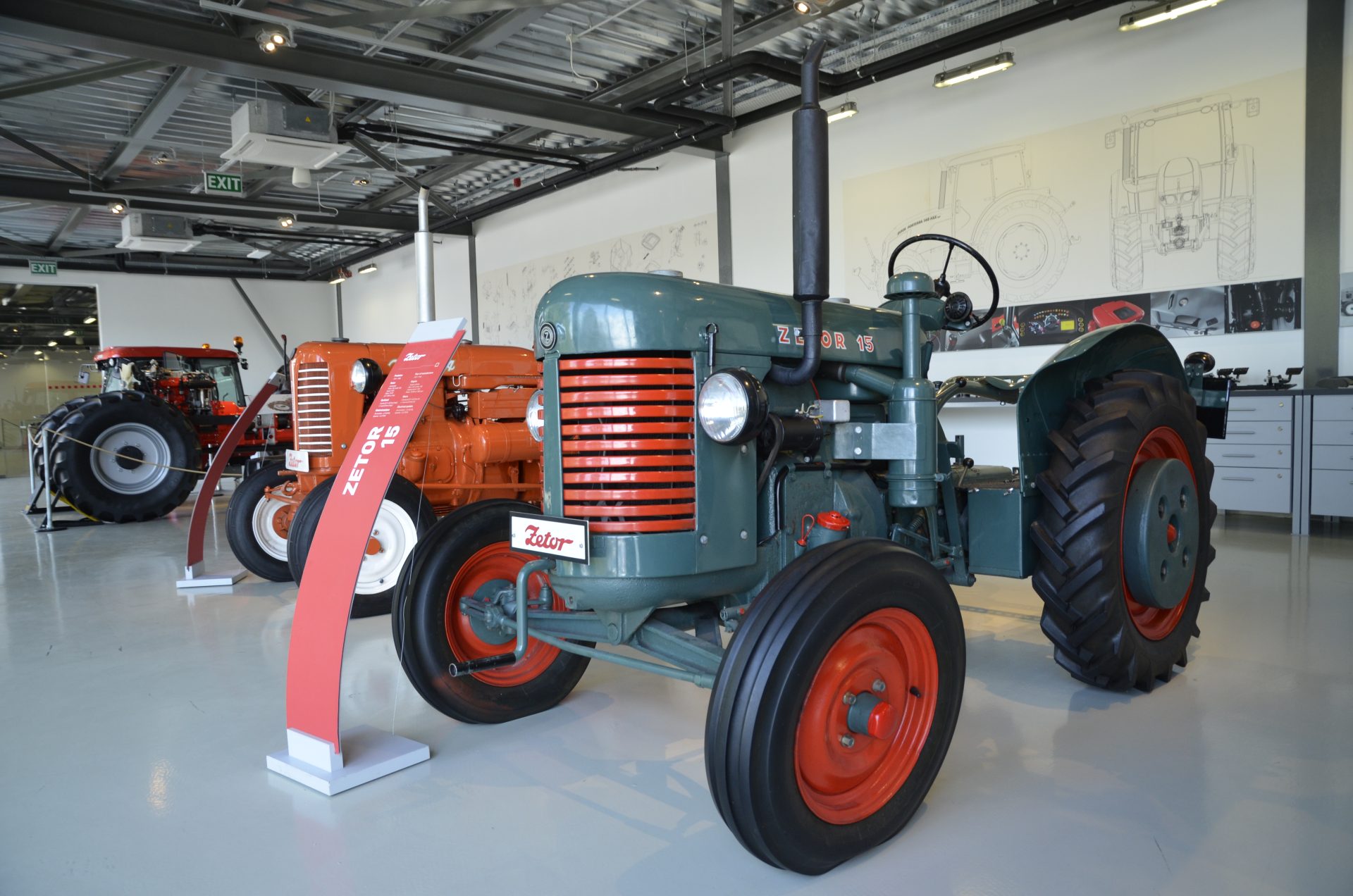
Made from 1947 to 1949, Zetor only made 2,000 units of the Zetor 15 (15hp).
Cheaper blue paint was used for East European markets, and the gallery contains a number of blue tractors, including a rubber tracked 2023, a 2011 and a 15, which has red wheel rims.
The gallery also houses a rare Zetor 15, which was made from 1947 to 1949. The single cylinder 15hp tractor was not that popular with Czech farmers who wanted more power. In the end, only 2,000 were made. Today, the survivors are popular with collectors.
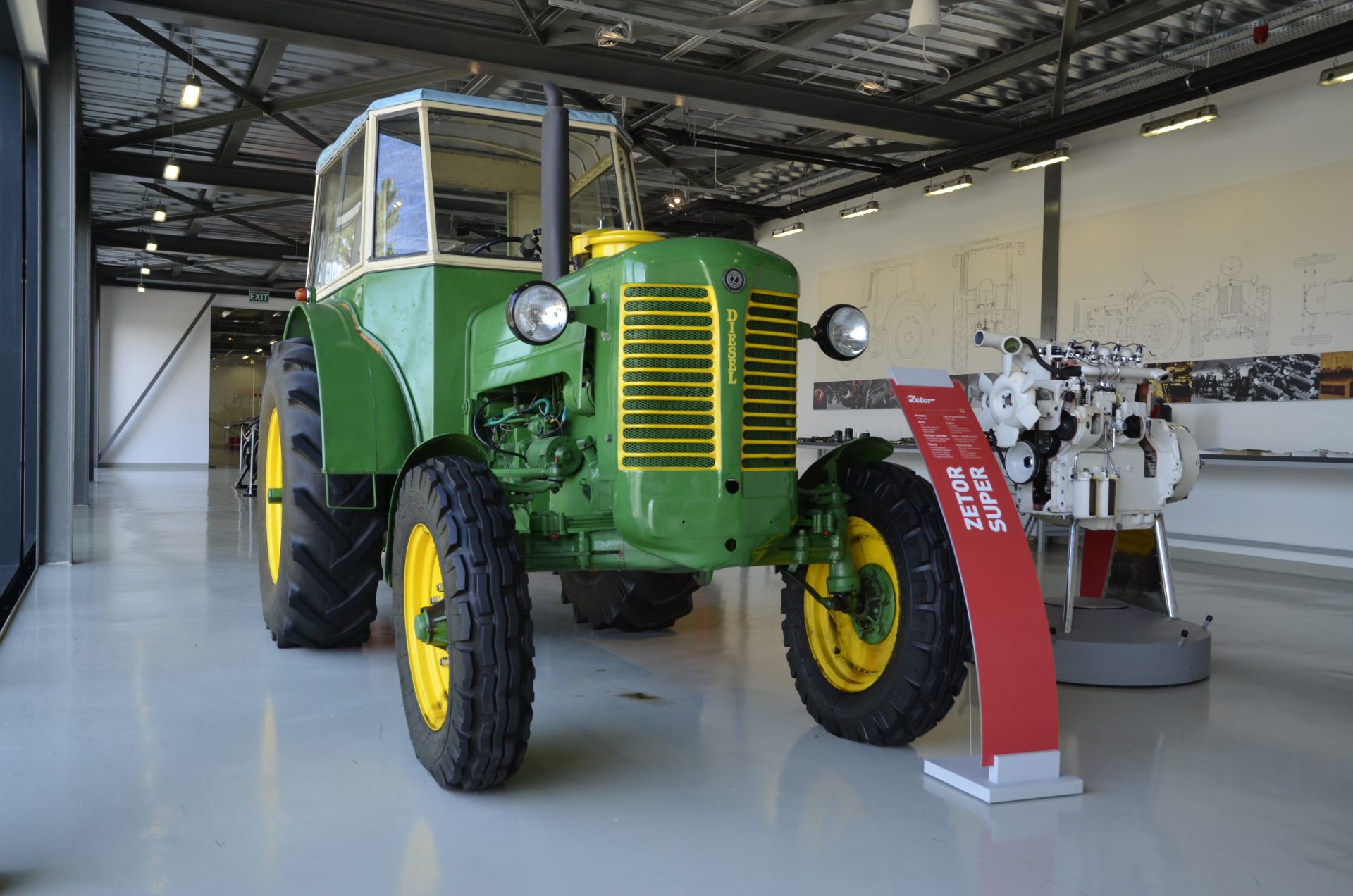
Made from 1955 to 1968, the four-pot 50hp Zetor Super is another gallery highlight.
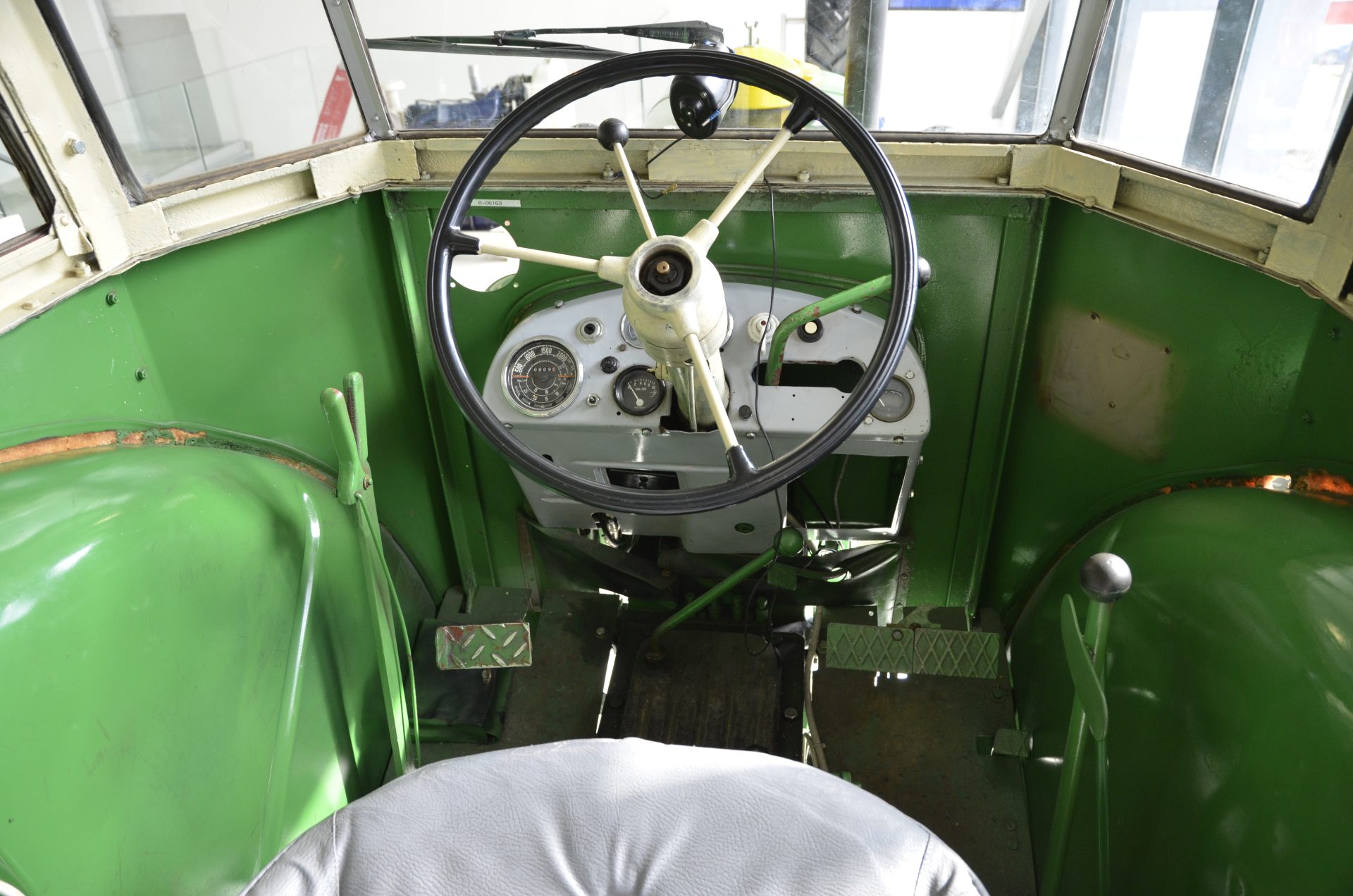
In 1952, the company moved to a few miles to the current site in Brno-Líšeň, and in the late-50s Zetor reckons to have been the first tractor maker to introduce the common component concept in the Unified Series I.
The 4-pot 50hp Zetor Super is another gallery highlight. Made from 1955 to 1968 (150,000 in total), the exhibition contains both cab and half-track versions.
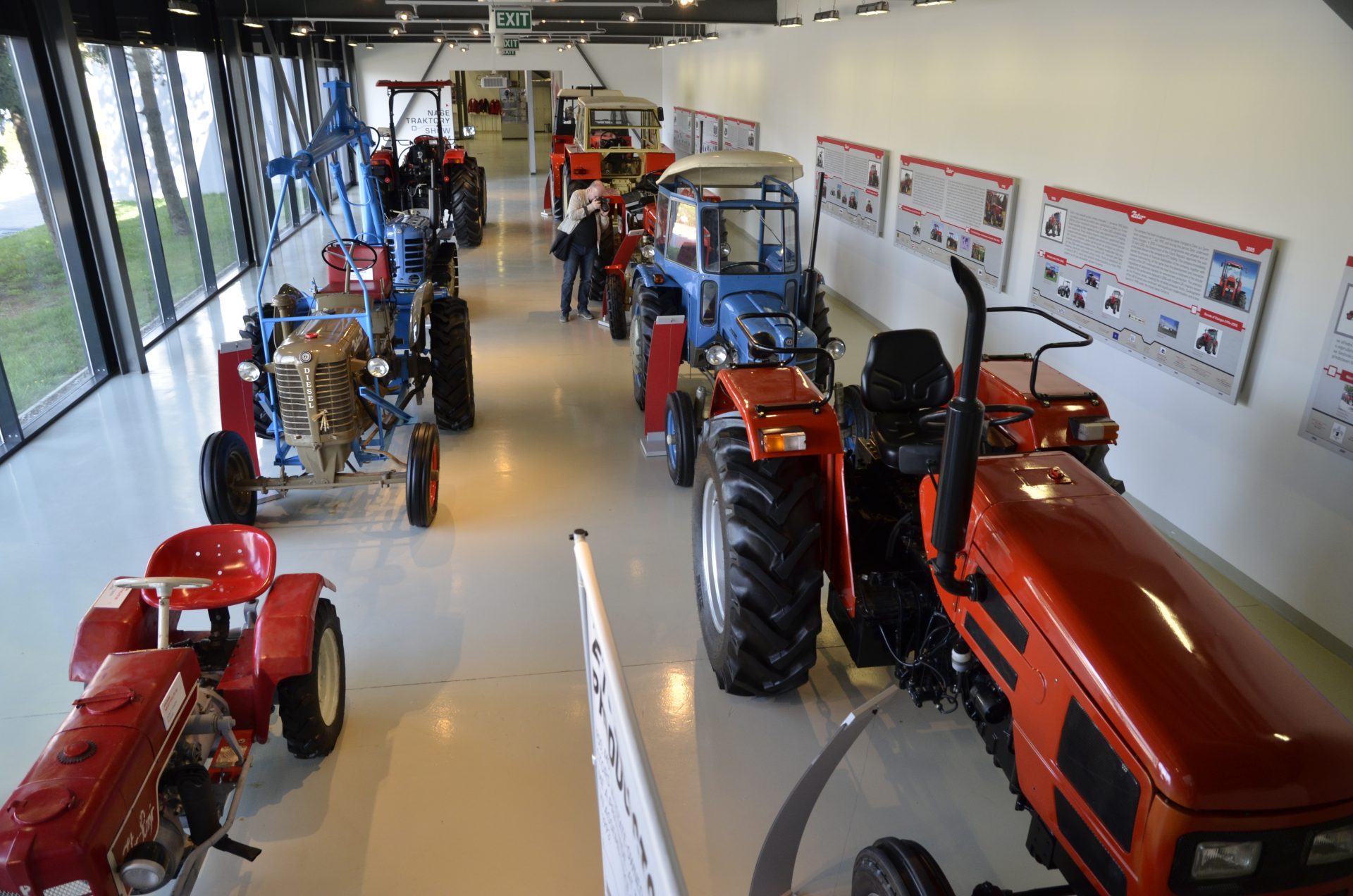
The exhibition contains a good selection of some of the most popular Zetor models.
All tractors in the gallery were produced by Zetor, except for one – the Indian made 65hp 4-pot HMT 6522. Made in 2004, it is there to stress the point that Zetor not only makes tractors but also components, supplying HMT with engines, transmissions and rear axles.
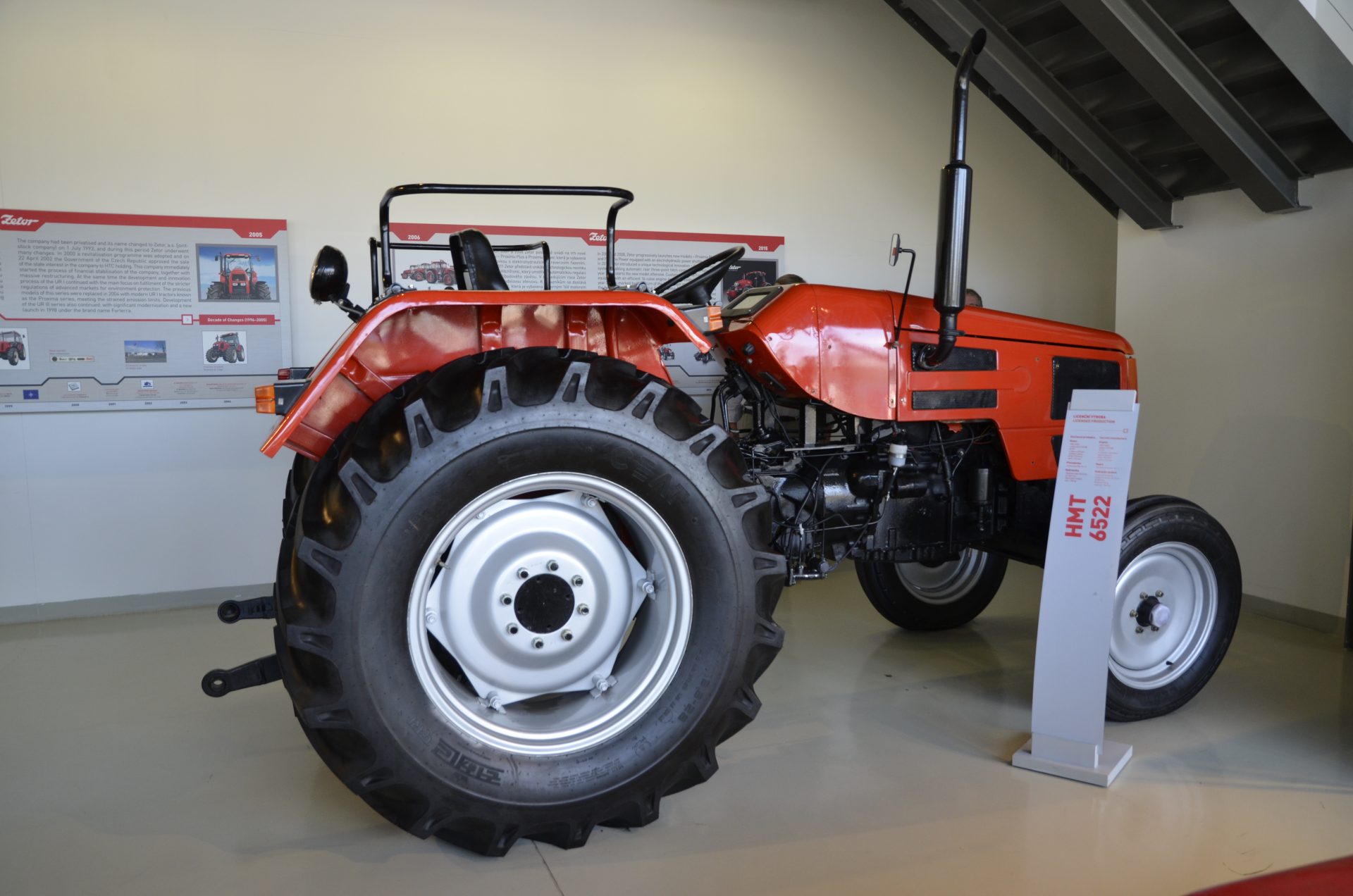
All tractors in the gallery were made by Zetor, except for one – the Indian made 65hp 4-pot HMT 6522.
And this brings us to the Crystal 12045 (Unified Series II), production of which started 50 years ago in 1968, this was Zetor’s first 6-pot tractor. Claimed as the world’s first ‘quiet-cab’ (interior noise levels below 85dBA) with integrated rollover protection, the design won a gold medal at the 1968 French SIMA show.
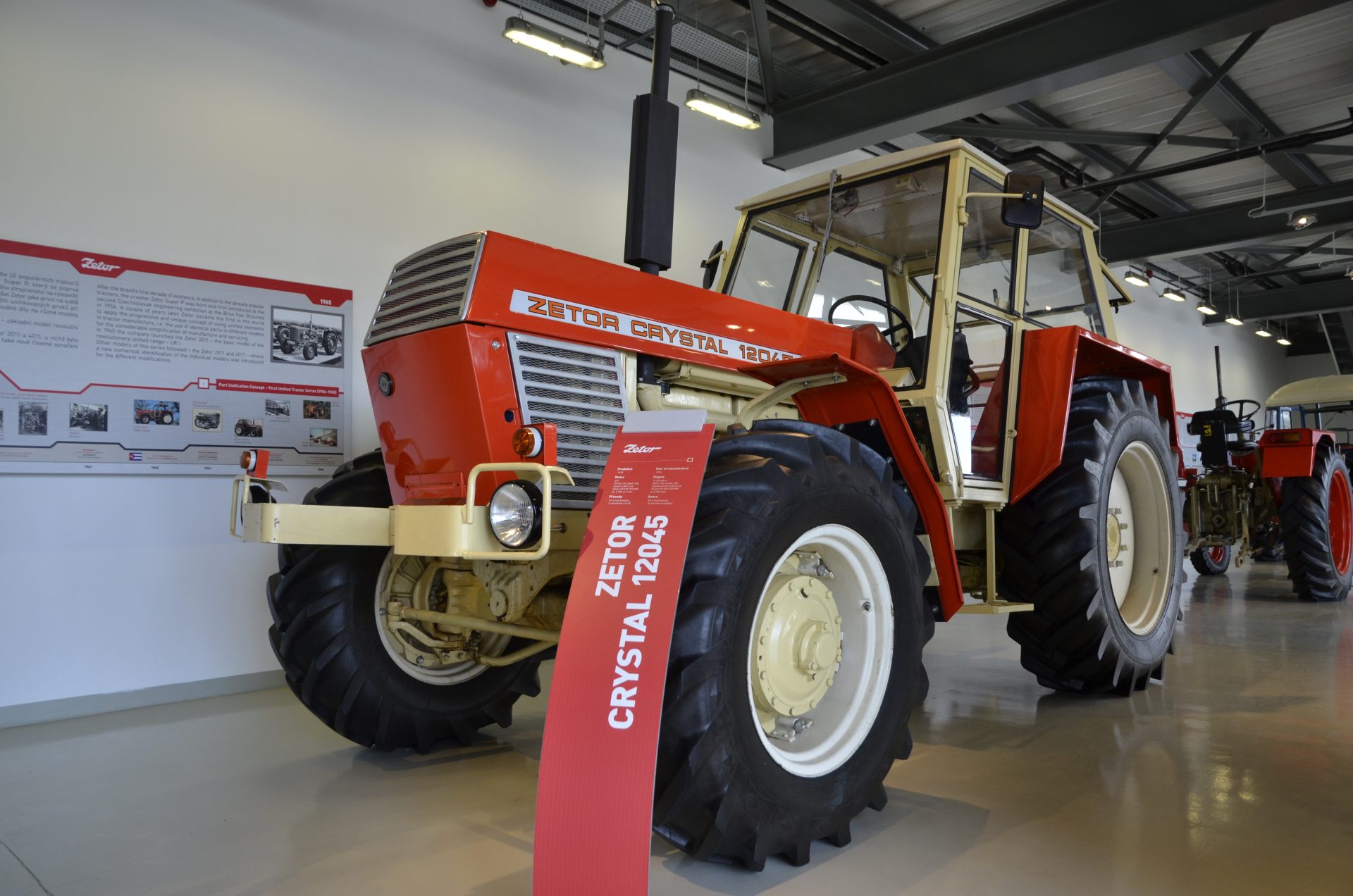
Launched in 1968, the Crystal 12045 (Unified Series II) was Zetor’s first 6-pot tractor.
The tractor in the gallery was made in 1972. Zetor stopped production of the tractor in the 1981. The reason was political. The 1972 peace talks between the USA and USSR in Helsinki, Finland, led to a gradual reduction in the number of nuclear weapons.
The USSR had a military tank factory in Slovakia. The Czech government needed a new use for the factory to prevent mass redundancy, and decided to move the strongest machinery manufacturer in the country (Zetor Crystal) from Brno to Martin.
From this moment Zetor lost control of the Crystal, which was made by a company called ZTS Martin for the next two decades. In 2015, Zetor regained control, and today the Crystal is considered the jewel in the crown.
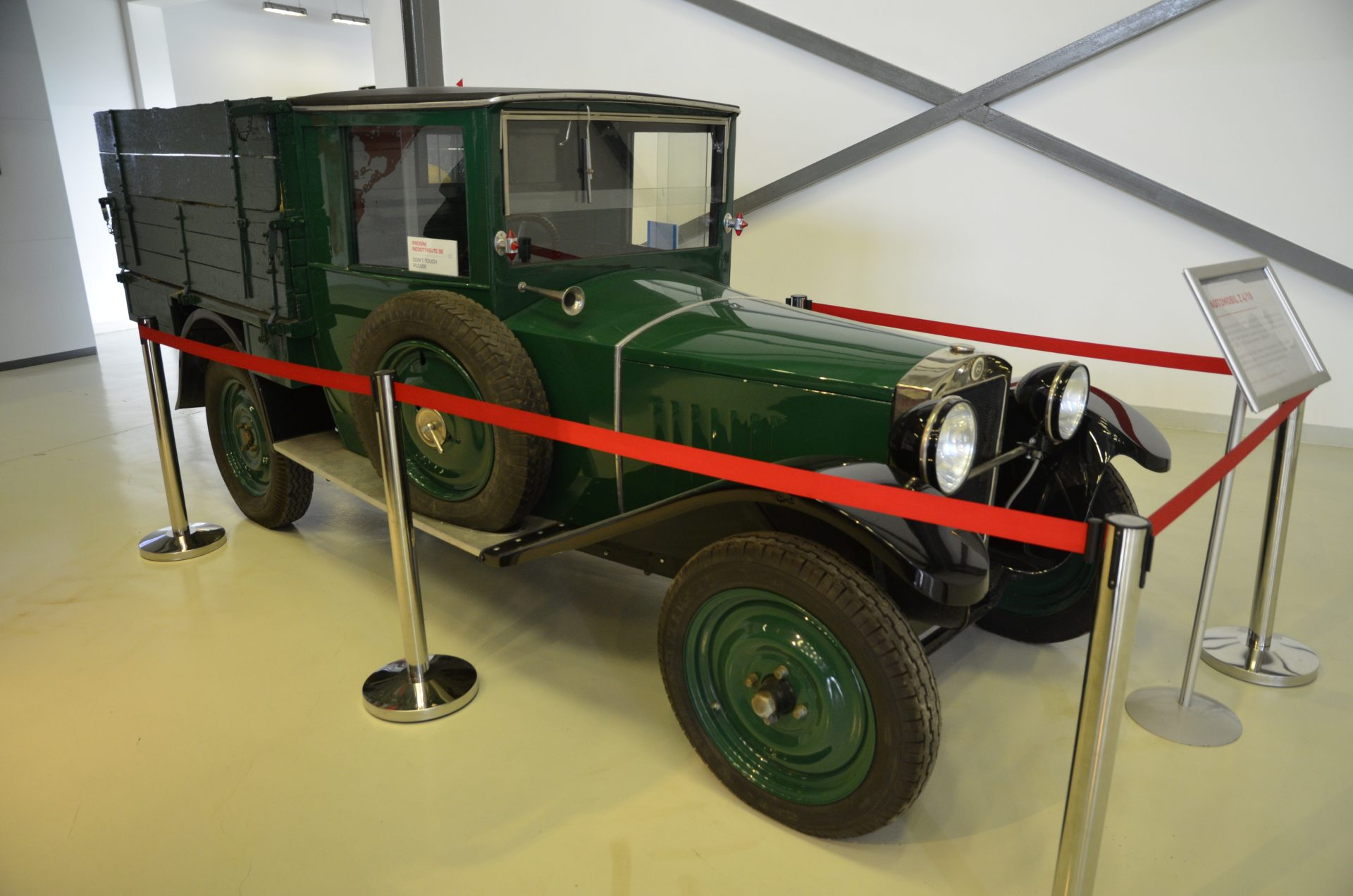
Zetor made around 7,000 cars. Only around 100 of these Z 4/11s survive today. This one is on loan from a local museum.
The turn of the century was a difficult period for Zetor, which found itself teetering on the edge of bankruptcy. The brand was saved when Slovak company HTC Investments bought it in 2002, and today Zetor has made over 1.3 million tractors.
Private groups sometimes reserve the gallery, which is then closed to the public, so it pays to check in advance. Otherwise it is open seven days a week from 10am to 5pm, entrance tickets costs just €2, and most of the information on the history of the brand and the models in the exhibition has been translated into English. The good news is that cameras are welcome, and it is allowed to take pictures of all the exhibits.
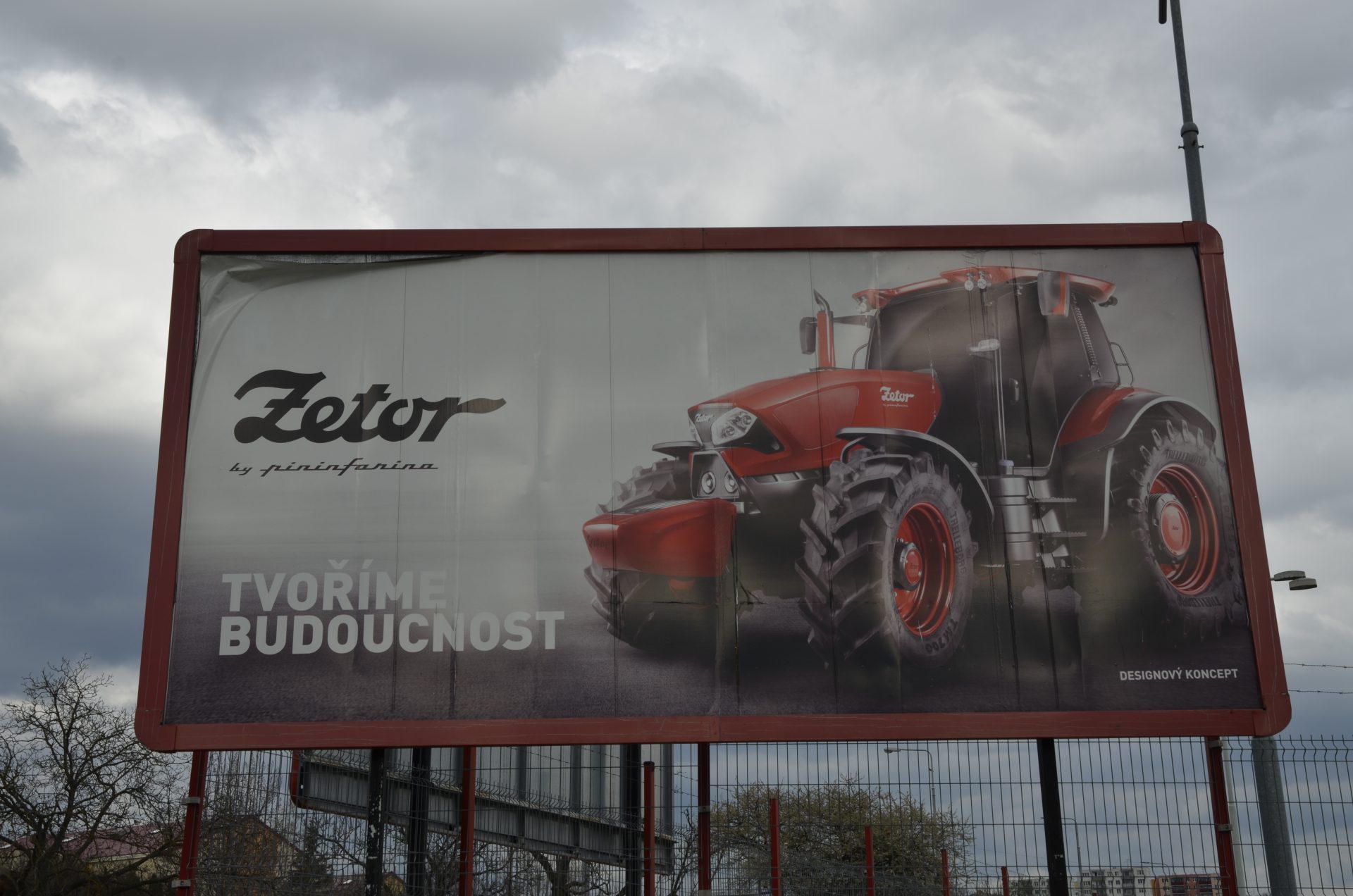
There is no time limit and you can spend as long as you like inside this delightful exhibition, which also contains a 4911 and 7711. Zetor fans will love it and the shop is stocked with a good selection of models and other memorabilia.
For more details: www.zetorgallery.com

